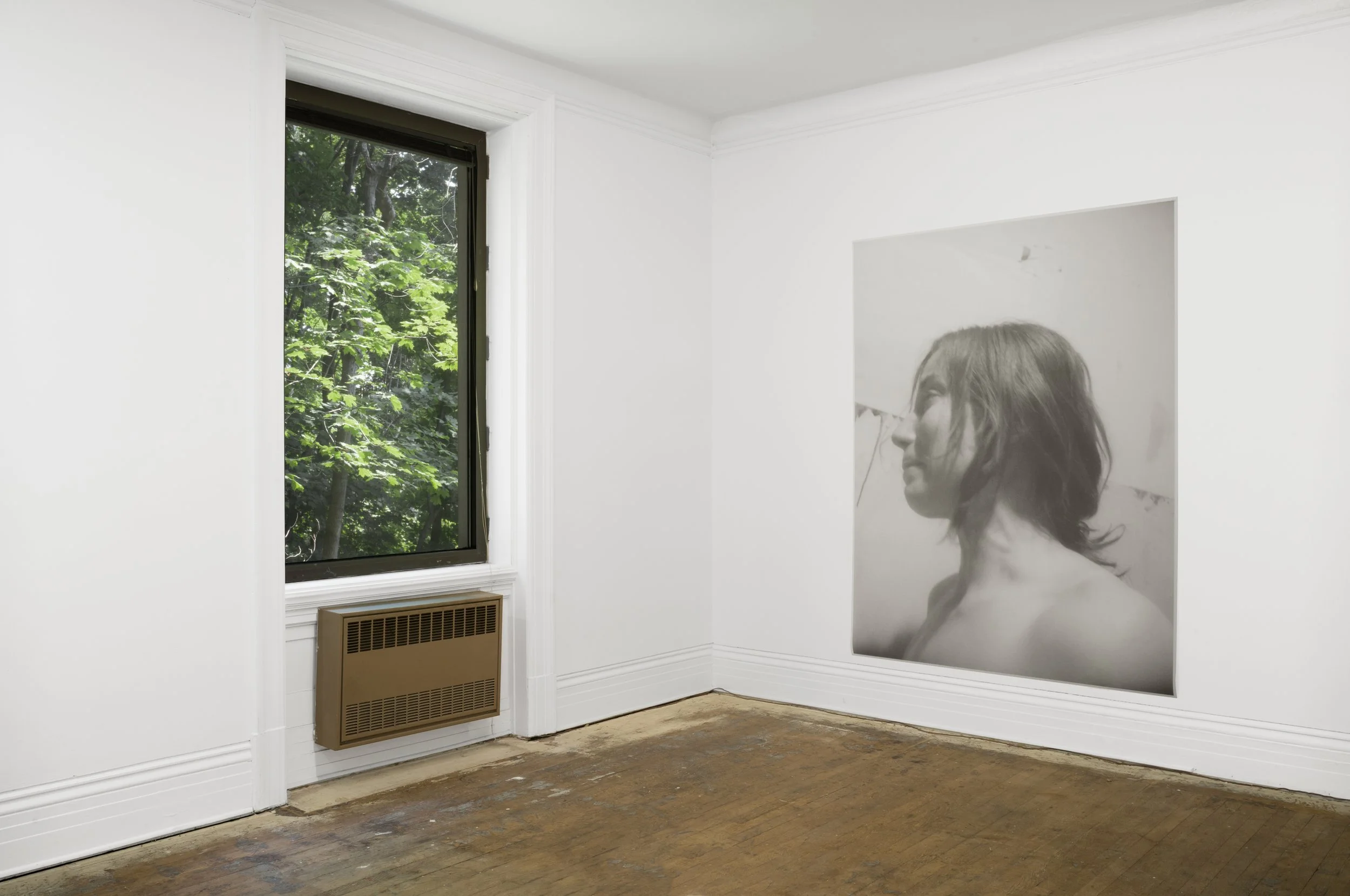Oscillation - Canadian Cultural Centre
Canadian Cultural Centre presents Oscillation, a group exhibition gathering fifteen works and exploratory processes by Canadian and French artists and designers. The exhibition incorporates material and symbolic, living and semi-living processes that metamorphose over time.
Le Devoir Exhibition Reveiw by Amélie Revert
Thankful for this beautiful write-up in Le Devoir. So grateful to Jézabel Plamondon, Cindy Hill, Sophie Jodoin for sharing our meditation on tearshed at Galerie Pangée with journalist Amélie Revert. Still pinching myself to be included in this diaphanous little exhibition 🩵
Peripheral Review
"Despite what much of the writing on the subject would suggest, the value of thinking about or looking at slime—as art material, as life force, as fetish, as soother, as body, as indulgence, or as threat to the status quo—is not that it shows us how we can work past the limits of our sensitive human bodies, but rather, that it reminds us we have the potential to transform into something that need not suffer for basic human rights. Slime, like all of us, relaxes into new forms, adapts, slips from fingers, and continues on with what it has picked up along the way." - @laurenprouskyWriter, artist, and curator Lauren Prousky shares a DIY recipe on slime and mulls over some sensory experiences in this eclectic field guide. Observing elements of it in the works of Tyler Matheson, Pinar Marul, and Jacqueline Beaumont, she invites us to sink into themes such as bodily autonomy, metamorphosis, oppressive binaries, unregulated expansions, and the #oddlysatisfying nature of nature.
Fisheye Immersive Review
I am thrilled to be featured in Fisheye Immersive The Review, an innovative publication dedicated to showcasing the cutting edge of digital and immersive art. The publication's inaugural issue is significant as it spotlights Quebec's vibrant digital arts ecosystem, a region I'm proud to have been nurtured within. Quebec has been at the forefront of digital artistic innovation for three decades, fostering a dynamic community that spans generations – from pioneering figures like Bill Vorn to contemporary visionaries such as Sabrina Ratté, Caroline Monnet, and Baron Lanteigne. This creative landscape is further enriched by forward-thinking institutions like ELEKTRA, Mutek, and Centre PHI, which consistently push the boundaries of technological innovation in art. In the issue, they stated -
“On the artists' side, the same ambition is evident. Take Martin Messier, whose works orchestrate the meeting between sound, object and image; Shonee, whose videos primarily serve to showcase genetically modified nature; or Jacqueline Beaumont, François Quevillon, Nicolas Baier, Erin Gee, or Alice Jarry, who envisions new forms of 3D printing using composites with the idea of questioning matter and new materials. Each approach flirts with contemporary art, echoing the new Centre PHI building planned for 2028. "We aim to bring under one roof what we currently do in two separate locations," explains Myriam Achard. "The idea is to speak only of art, to no longer distinguish between contemporary and digital." Our vision may have become distorted through exchanges with all these passionate individuals. Still, in Montreal, there is a strong sense of witnessing the birth and rebirth of art in perpetual mutation, more flourishing than ever within what can easily be considered one of the world capitals of digital art.”





